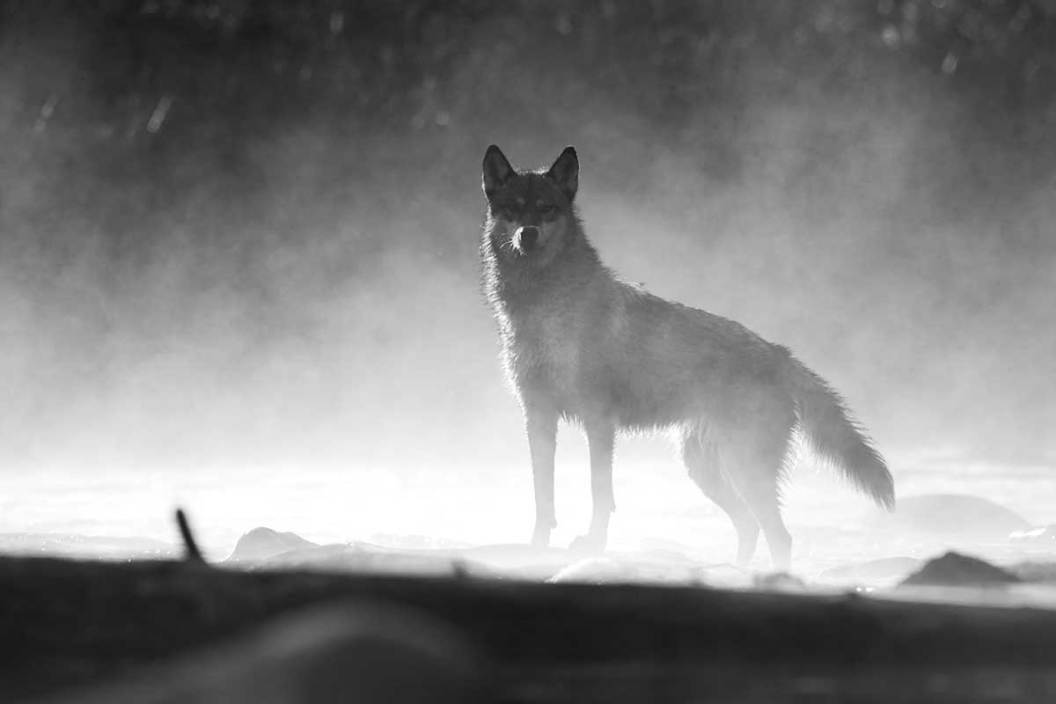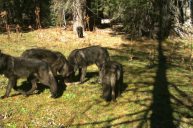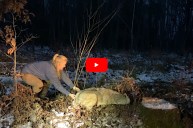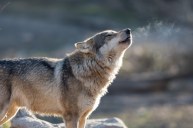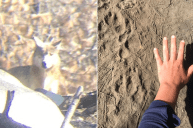Last December, a coyote hunter in Cherry Valley, New York shot an animal that kicked off a nearly year-long controversy among wildlife agencies and animal rights organizations.
The hunter posted a photo of his harvest, which he believed to be a coyote, on Facebook. It was online that Joseph Butera, a member of the Northeast Ecological Recovery Society, noticed the photo and contacted the hunter. The Northeast Ecological Recovery Society focuses on ecological stabilization, environmental protection and restoration of native species in the American Northeast. One of the society's largest projects is Timber Wolf Recovery, formed for the purpose of restoration of the species into the six million-acre Adirondack State Park, located in Northern New York.
The hunter offered a tissue sample of the animal, which was then processed at the Natural Resources DNA Profiling and Forensic Centre at Trent University in Ontario to determine its exact DNA.
That original DNA report concluded that the animal was a wolf, a rarity, and a protected species in New York state. The wolf, which was shot approximately 40 miles west of the state's capital city of Albany, is only one of three confirmed wolves in the state in the past 25 years. One was shot in 2001 and one in 2005.
The Northeast Ecological Recovery Society's commissioned DNA report determined the animal to be 98% gray wolf. The exact breakdown from the Trent University DNA report said it was 52.6% Great Lakes wolf, 34.5% Northwest Territories wolf and 10.9% eastern wolf. The remaining 2% was a mix of coyote and dog genes.
The first report was met with skepticism from the state's Department of Conservation and other groups. A second DNA analysis was ordered to be done at Princeton University. This second analysis confirmed the findings of the first: the canine shot in New York was undoubtedly a wolf. This DNA report was conducted by Dr. Bridgett vonHoldt, an associate professor of ecology and evolutionary biology at Princeton, who determined that the animal was 96.2% Great Lakes gray wolf, 1.6% gray wolf, and 1.4% eastern wolf, with dog and coyote DNA making up less than 1% each.
While the percentages vary from one lab to the other, the final determination that the animal was a wolf seems to be indisputable. After the findings of the second lab were released, the New York State Department of Conservation finally confirmed that analysis to be accurate. While wolves are listed as an endangered species in New York, the DEC does not anticipate pressing charges against the hunter who unintentionally targeted and shot the one in Cherry Valley. There is a special permit that can be obtained from DEC to allow for the killing of a wolf in New York, although the hunter did not have one. The hunter's identity has remained anonymous.
Prior to 1900, wolves survived in New York state in sustainable numbers. The region's climate is suitable and the animals that wolves feast on, such as deer, rabbits, and rodents, were plentiful. Unregulated hunting and deforestation in the 1800s essentially devastated populations in the Empire State.
It is unknown how the wolf arrived in New York or how long it had been there. The closest natural populations of wolves exist north of New York, in Canada, but are separated by the St. Lawrence River. There are also sustainable populations east of New York in the Great Lakes region, including in Michigan and Wisconsin.
